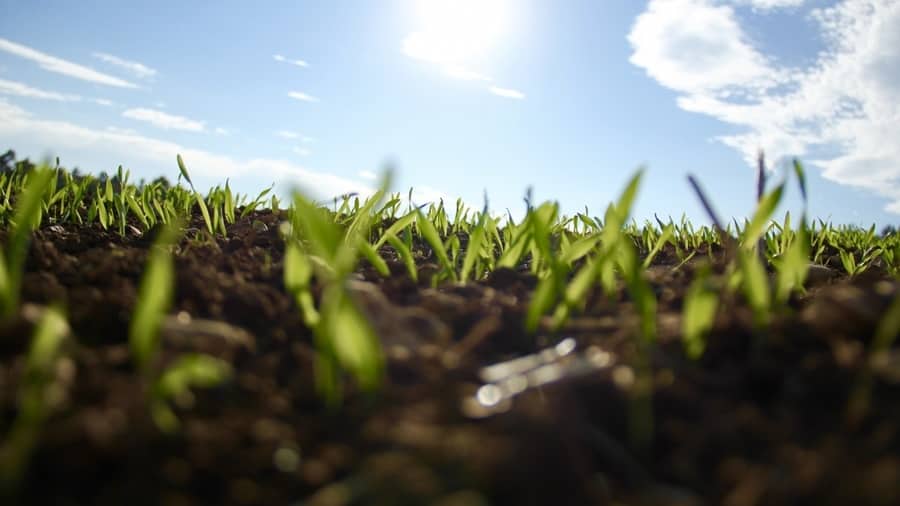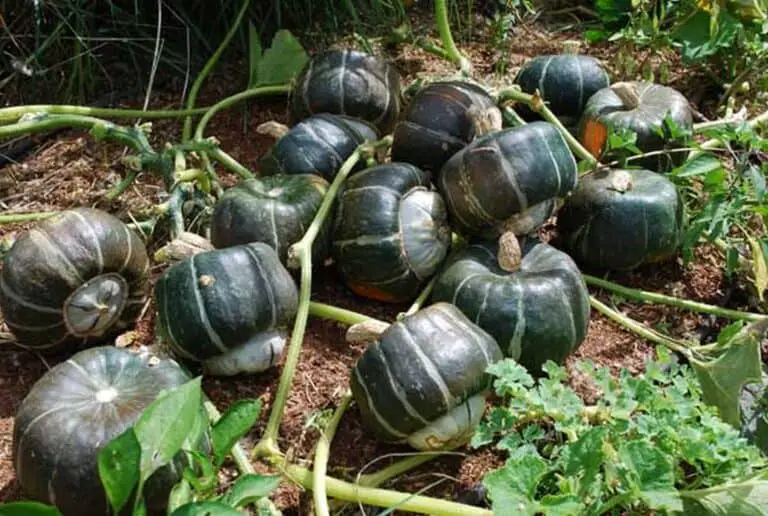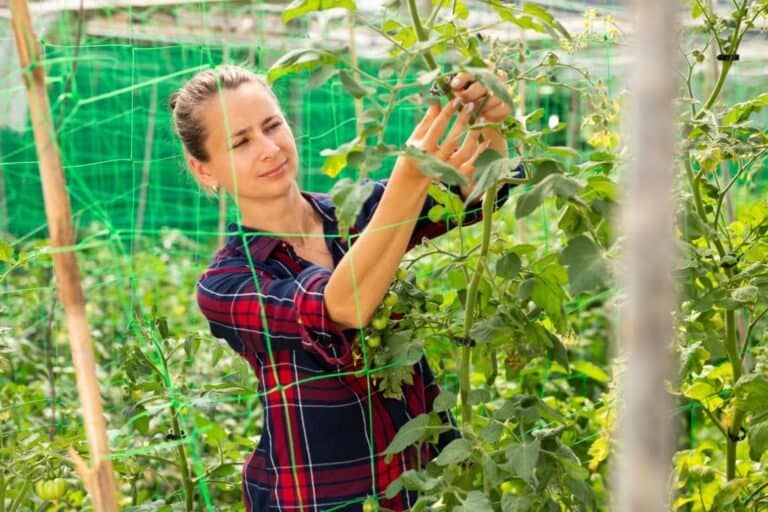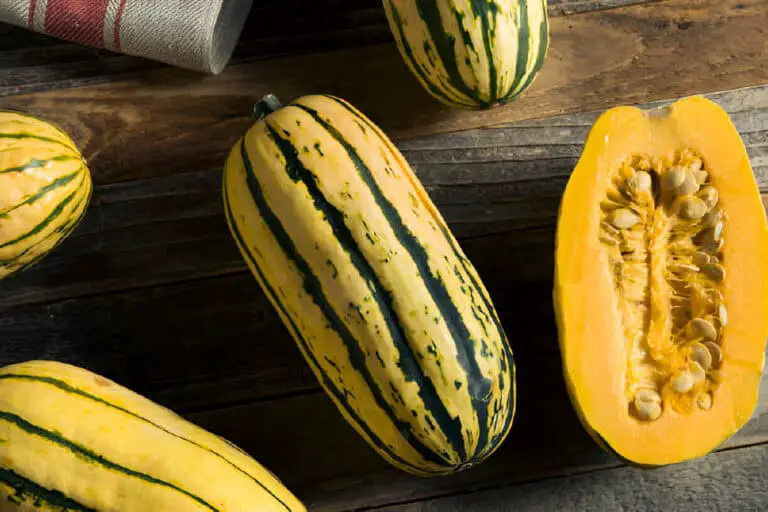How Much Sunlight Do Potatoes Need? (Potatoes Sunlight Requirements)

Every farmer or gardener always wants to provide the optimum conditions for their potato plants. Many aspects determine the outcome of the potatoes’ harvesting. To get the best result, they need to provide nutritious soil that is well moisturized, enrich it with fertilizer, test the pH balance, and decide how much sunlight plants need.
So, how much sunlight do potatoes need? To grow, potatoes need at least six hours of direct sunlight every day. They can also handle some shade. Most potato crops grow best when they receive at least eight hours of direct sunlight every day, but they can still grow with only six hours of sunlight per day
Some plants require more or less sunlight than others, depending on their variety. Some varieties can survive in drought, while others demand rainy weather and moist soil. Some plants thrive in cool regions, while others thrive in hot climates.
It seems that potatoes look like an easy crop to grow. They may be extremely difficult for the inexperienced gardener who has little experience. Lack of water, planting at the wrong time, and inadequate sunlight all contribute to poor crops. Too much and too little sunlight are probably not what potatoes need.
There are some practical tips that will ensure that you receive the largest, healthiest, and best-tasting spuds possible.
Get ready for a tuberous adventure as we delve into the sunlight cravings of our starchy companions. Whether you’re a seasoned gardener or a budding green thumb, understanding the delicate balance of light for your potatoes might just be the key to a harvest that sparkles brighter than the summer sun.
So, grab your gardening gloves, and let’s shed some light on the secrets of spud success!
What Are The Ideal Conditions For Growing Potatoes?

Like growing other plants, there are various aspects of successful potato planting. To grow potatoes properly, you’ll need to give them the optimal environment for them to thrive. Potatoes need the proper conditions for soil, fertilizers, water, and sunlight.
Potatoes are a cool-season crop; they should be planted when the soil temperature exceeds 4°C (40°F). During the summer months, potatoes grow at temperatures between 65 and 70 degrees Fahrenheit (18 and 21 degrees Celsius).
Potatoes need just adequate moisture and water. Potato tubers thrive in well-drained soil with an inch of equally distributed water each week. Too much water will make tubers rotten.
You must keep the soil moist all the time. That is why mulching will aid in the retention of soil moisture as well as the protection of tubers from direct sunlight.
How Much Sunlight Do Potatoes Need?
Calculating how much sunlight plants require can be as simple as looking at the products that the plants produce. We also should consider what the bulk of the plan is: leaves, fruit, or roots?
Potatoes need at least six hours of direct sunlight per day to grow, but they can also tolerate partial shade. Most potato crops grow best when they receive at least eight hours of direct sunlight every day, but they can still grow with only six hours of sunlight per day.
Crops that produce fruit, such as tomatoes, require full sunlight. Carrots, beets, and potatoes can handle shady environments if they are grown for their leaves or roots.
Do Potatoes Need Full Sunlight?
So, when it comes to sunshine, daylight is sufficient for growing potatoes and is actually preferable to strong sunlight. But full sunlight can cause the plant to require more watering. If the sun is strong enough, it can burn the leaves, causing the plant to die. This is something you, as a farmer or gardener, need to avoid.
Potatoes that get only 4 to 6 hours of sunlight will do well. They can still grow until harvest time, but you may have to wait a little longer for your crop to develop.
A normal maturation timeline may be expected if your potatoes are given 8 hours of sunshine.
As a result, despite the fact that potatoes require sunshine to thrive, potatoes may still grow in partial shade. Parts of the day may be mixed with shadow while others are clear, or the entire day may be soaked in sunlight but still bright.
Even though modest shade helps protect tubers from the sun’s rays, it may have an adverse effect on crop output.
Photosynthesis will be slowed down if the leaves are not exposed to enough sunlight. As a result, the plant may produce fewer tubers that can be eaten.
What are Types Of Sunlight?
The amount of sunlight a plant needs is critical throughout its lifetime. During its growth season, the quantity of daily sunshine may be roughly divided into three categories: full sunlight, partial shade sunlight, and full shade sunlight. Below you will find the explanations.
Full Sunlight
There must be at least 6 hours of direct sunlight each day in full sunlight. This is usually between 10 a.m. and 6 p.m. If you live in a place where the sun isn’t very strong, plants that need full sun need to get a minimum of 8 hours of sunlight each day.
Partial Shade Sunlight
Both the words partial shade and partial sunlight apply to locations that get between 3 and 6 hours of direct sunlight each day. There will be 3-6 hours of unobstructed direct sunlight in some parts of the day, like at midday.
A partially shaded area either receives filtered or dappled sunlight throughout the day. It may get considerably shaded at certain times of the day. Before the light reaches the plant, it is passed through the leaves of trees to make sure it is safe.
Full Shade Sunlight
During the day, full-shadow areas get no direct sunlight or reflected light. The best place to grow vegetables is not in a place with a lot of shade like this. For that matter, you could do just about anything! Light is essential for the growth of all plants.
Is Morning or Afternoon Sunlight Better for Potatoes?

Morning sunlight is generally considered more beneficial for potatoes due to its lower intensity. The gentler morning rays reduce the risk of heat stress, ensuring a favorable environment for optimal growth. However, potatoes are adaptable, and a balance of both morning and afternoon sunlight can be beneficial, depending on your specific conditions.
Morning sunlight, arriving as the day begins, provides a gradual increase in light intensity. This helps plants acclimate to the day, enhancing their photosynthetic efficiency. On the other hand, afternoon sunlight, while more intense, can contribute to warmer temperatures. While potatoes can tolerate this intensity, it’s crucial to monitor for signs of stress, such as wilting.
Creating a suitable environment involves considering your local climate. In hotter regions, balancing morning and afternoon sunlight becomes key to preventing overheating. In cooler climates, where intensity is less of a concern, either morning or afternoon sunlight can suffice for robust potato growth. Ultimately, understanding your local conditions and observing your potato plants’ responses will guide you in optimizing their sunlight exposure.
How to Prevent Potatoes from Greenish or Sollaline?

The tubers must be shielded from sunlight to prevent them from turning green. The term “sunburned” is used to describe a greenish potato. Actually, it is solanine, a toxin in the potato’s skin due to exposure to sunlight.
Solanine, if ingested in excessive amounts, can cause severe illness or even death in humans.
Growing potatoes in the ground and covering them with dirt will keep them shaded and protected from the sun.
When the leaves emerge, elevate the soil around your plants to make “hilling.” Keep them in place for the duration of the growing season. When the potato plants are approximately 6 inches tall, it’s time to perform one final hilling.
In order to prevent them from wilting in the heat of the day, do hill planting in the morning. Simply hoe the soil around the plant’s base to support the stem and protect the tubers.
Is Your Farm or Garden Ideal For Growing Potatoes?
If you have a farm or yard that gets less sunlight all year, you can still grow potatoes. The important thing is that your area still gets sunlight, which varies throughout the year and even on a daily basis.
Microclimates may be found in almost every landscape. Climates that are distinct from the surrounding environment can be found in these places. Your cool-season crops, such as potatoes, might be extended into the early summer in this partially shaded location.
Try not to think of shaded areas as things to avoid, but as new places to plant. Based on the period of day or the season, trees or structures may generate variable patterns of light and shadow.
Choosing a place for your garden might be more challenging because of this, but it can also generate microclimates that are favorable to the development of potatoes.
FAQs
What happens if potatoes don’t get enough sunlight?
Insufficient sunlight can result in stunted growth and reduced potato yields. Lack of sunlight hinders photosynthesis, limiting the plant’s ability to produce energy and develop healthy tubers.
Is morning or afternoon sunlight better for potatoes?
Both morning and afternoon sunlight are beneficial, but if you have to choose, prioritize the morning sun. Morning sunlight is generally less intense, reducing the risk of heat stress for the potato plants.
Can potatoes grow indoors under artificial light?
Yes, potatoes can be grown indoors under artificial light, but it’s crucial to mimic natural sunlight conditions. Provide a minimum of 12 hours of light daily, using full-spectrum LED grow lights to support photosynthesis and ensure healthy potato growth.
Do potatoes need direct sunlight, or can they thrive in shade?
Potatoes thrive in direct sunlight, requiring at least 6 to 8 hours daily. Limited sunlight can hinder their growth and yield, so it’s advisable to provide as much direct sunlight as possible.
How much sunlight do potatoes need to grow effectively?
Potatoes need a minimum of 6 to 8 hours of direct sunlight for optimal growth. This ensures sufficient energy for photosynthesis, promoting healthy foliage and robust tuber development.
Can I grow potatoes in a location with intense afternoon sunlight only?
While potatoes prefer a balance of morning and afternoon sunlight, they can tolerate intense afternoon sunlight. Ensure they receive at least 6 hours to support their growth and productivity.
Are there signs that indicate potatoes aren’t getting enough sunlight?
Yes, signs include leggy, pale green sprouts, and reduced tuber development. Insufficient sunlight affects photosynthesis, hindering the plant’s ability to produce energy for growth.
How can I supplement sunlight for potatoes in areas with limited natural light?
In areas with limited sunlight, consider using reflective surfaces to redirect light to the potato plants. Additionally, using artificial lights, such as full-spectrum LEDs, can supplement sunlight and support healthy potato growth.






